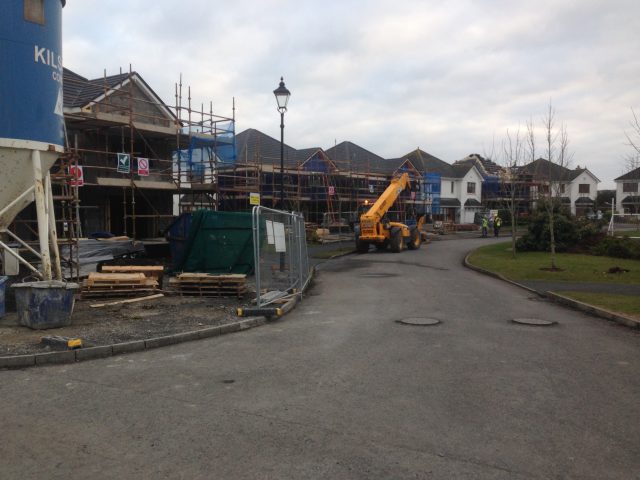We might as well start with a look at the planning process.
My column over the next few weeks will bring you through the process of planning and the pit falls with same. I will be looking at case studies on projects from concept to completion in my articles, heritage projects, commercial, domestic and agriculture developments.
If my readers would like to give feedback or a subject matter cover I will endeavour to cover the topic, and feedback would always be greatly appreciated.
The fear of the planning process is often far greater than the process is in reality. When people come to me one of the first questions I get asked is – does this need planning? Followed by, how long is that going to take and can I do it without planning?
The planners aren’t all bad! For the most part their job is to facilitate planning permission and development. They will encourage good planning and if you think your project has an outside shot, they’ll probably think the same.
So when we meet a client we direct them to the policies within the County Development Plan as their first port of call. If their proposal ticks all the relevant boxes of the policies, then there will be no issues. If it ticks 50% of the policies then before you spend too much money and time on the project, I’d advise we attend a Pre-Planning meeting in the County Council.
Your agent will apply to the authority for a meeting. This will include a map location of the proposal and quick planning search of other applications within the vicinity of the development and an the application form. In Laois these are held on a Thursday morning and the meetings are pretty informal.
However, the planner will give you a clear indication whether they consider the proposal the be viable option for permission.
Issues that the planner may require you to check out with other departments are the likes of sight lines at the entrance, and road drainage. Or it could be developments in zoned areas, there may be environmental requirements, traffic issues, etc.
Once you have addressed these then prior to a formal submission of planning always do a follow up pre-planning meeting. This will ensure you have addressed the planners concerns. There may be some issues that cannot be fully addressed. However, good design or alternative proposals may get you over these issues.
I would advise you keep minutes of the meeting on the larger projects and these be issued to all present at the meeting. Sometimes the planner may bring area engineers, road engineers, enforcement officers so there will be a lot going on.
Be up front with the planners
The important thing is to be up front with the planners. The more they know the better they can assist the planning application.
It’s also worth getting the pre-planning application form.
As an aside, it was great to see the final fit out of the remaining dwelling houses in Graigavern Lodge, Ballybrittas. A lovely scheme I designed back in 2004 and phase 2 in 2007.
The completion of the block of two semi-detached and the four detached will complete the scheme.
Well done to Boderg Developments on of the cleanest and best organised sites I was ever on!




















